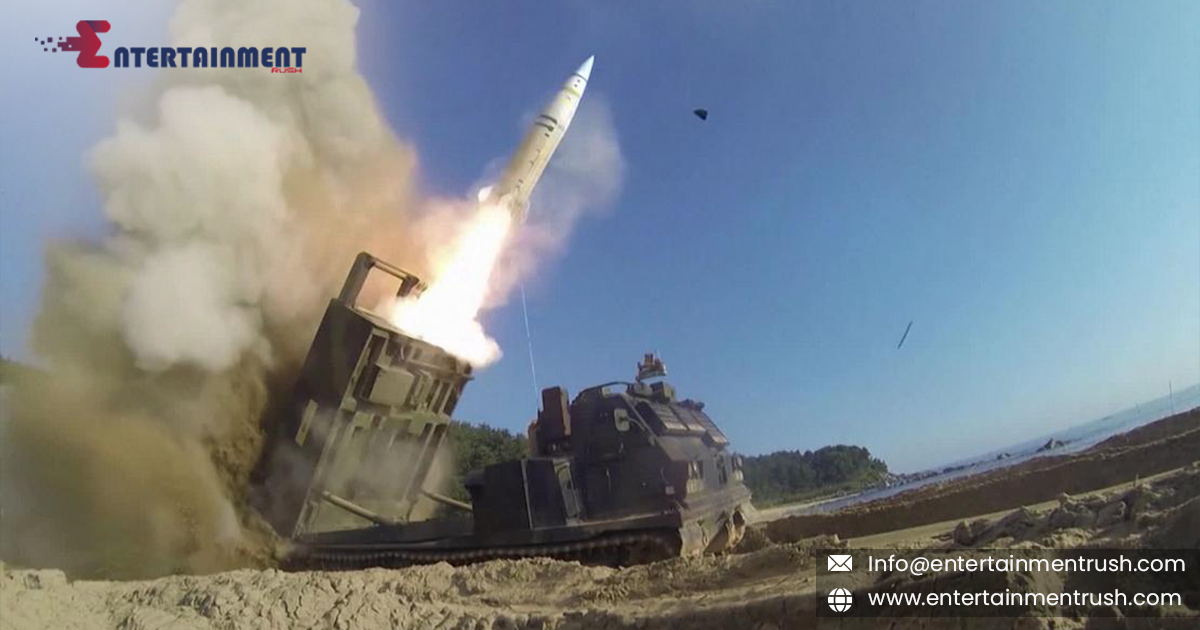President Joe Biden’s recent approval for Ukraine to use long-range American missiles inside Russian territory follows a familiar, yet contentious, pattern of diplomatic hesitation and ultimate approval. The U.S. government has repeatedly delayed granting Ukraine’s requests for advanced weaponry, initially fearing it could escalate the conflict further. Yet, after months of debate, Biden’s administration has consistently relented, allowing weapons like HIMARS, Abrams tanks, and F16s to be sent to Ukraine—typically just when it seemed too late to make an immediate impact.
The latest instance of this pattern involves the Army Tactical Missile Systems (ATACMS), which Ukraine now has the green light to deploy in Russian territory. But is this decision truly a game-changer? Will these missiles, capable of striking deep into Russian territory, alter the course of the war?
The Complex Reality Behind ATACMS in Ukraine’s Arsenal
The Biden administration’s decision to approve the use of ATACMS is not as straightforward as it might appear. For one, the supply of these long-range missiles is limited. While the missiles can reach targets as far as 300 kilometers (about 190 miles) according to the manufacturer, Ukraine will not receive an abundance of them. This raises the question of whether a limited number of ATACMS can truly shift the dynamics of the conflict.
Though Russia’s military assets within ATACMS range are numerous, with hundreds of targets identified by analysts like the Institute for the Study of War, Ukraine is unlikely to have enough missiles to make a decisive impact. The Biden administration has not clarified exactly which variant of the ATACMS has been approved, but these missiles will not drastically change the battlefield overnight.
In fact, Ukraine has already demonstrated its ability to strike deep into Russian territory with domestically produced drones, which are cheaper and more readily available than the expensive ATACMS. These drones, funded by the U.S., have already caused significant disruption to Russian infrastructure, including airfields and energy facilities, further diminishing the immediate need for the missiles.
The Provocative Nature of This Decision
The real significance of allowing Ukraine to use U.S.-made precision missiles against Russian targets lies in its potential to provoke a stronger response from Moscow. Although Russia is militarily weaker than at the start of the war and unlikely to engage in full-scale conflict with NATO or the U.S., there are limits to how much it will tolerate. Russia has been accused of retaliating with covert actions, including sabotage and attacks on civilian infrastructure within Europe, signaling its potential to escalate the conflict.
The decision to allow Ukraine to strike deeper inside Russia raises the stakes, as it could prompt Moscow to restore its deterrence strategy. This is a critical calculation for the Biden administration, which has had to weigh the strategic benefits of these longer-range strikes against the risk of retaliation that could spill over into NATO member states.
Strategic Considerations and the Global Context
The delay in approving the ATACMS underscores the difficult balancing act the White House faces: offering meaningful support to Ukraine without sparking a larger, uncontrollable conflict. The Biden administration has emphasized that this decision was made in response to Russia’s own escalation, especially with the recent deployment of North Korean troops to the Russian frontlines. This move complicates the war further, drawing in U.S. adversaries from the Indo-Pacific region and turning the conflict into a more global one.
From the U.S. perspective, this decision is framed as a response to Russian escalation. Biden’s strategy seems to be to avoid provoking unnecessary risks while showing strong support for Ukraine, ensuring that the West remains committed to helping Ukraine defend itself.
The Bigger Picture and Future Implications
For President Biden, the delay in granting Ukraine access to these missiles only adds to the symbolic weight of the decision. Allowing ATACMS to be used inside Russia is a powerful signal of U.S. support for Ukraine, but it also marks a significant escalation. It may be a turning point in the war, but it also raises critical questions about what comes next.
When Donald Trump takes office, he will inherit a conflict that has just grown even more dangerous. With the stakes now considerably higher, Trump will face a much more complicated situation, one where the balance of power is shifting rapidly and unpredictably. His approach to the war—whether focusing on peace talks or further escalating the situation—will shape the future of both U.S. foreign policy and global security for years to come.
In the end, Biden’s decision is a double-edged sword. It sends a clear message of support to Ukraine, but also carries the potential for unintended consequences, which could dramatically alter the geopolitical landscape. The world now watches closely as these new developments unfold.
